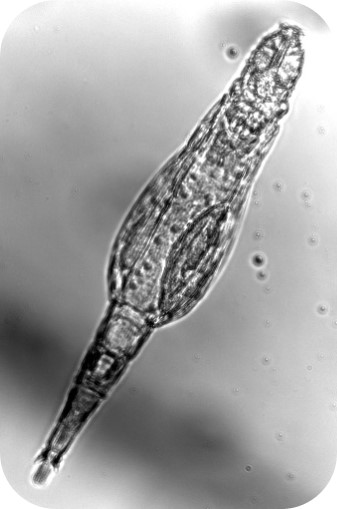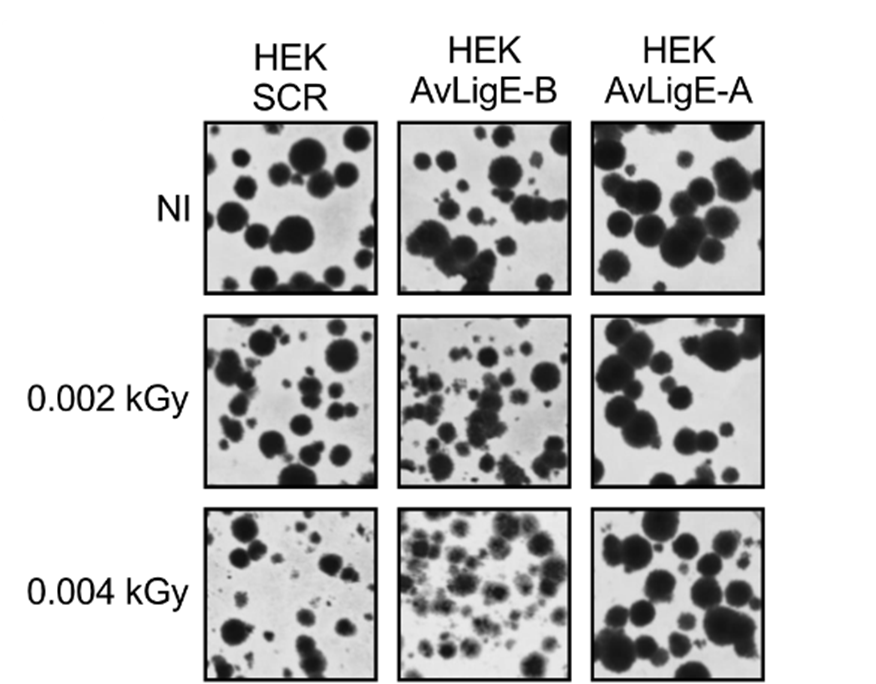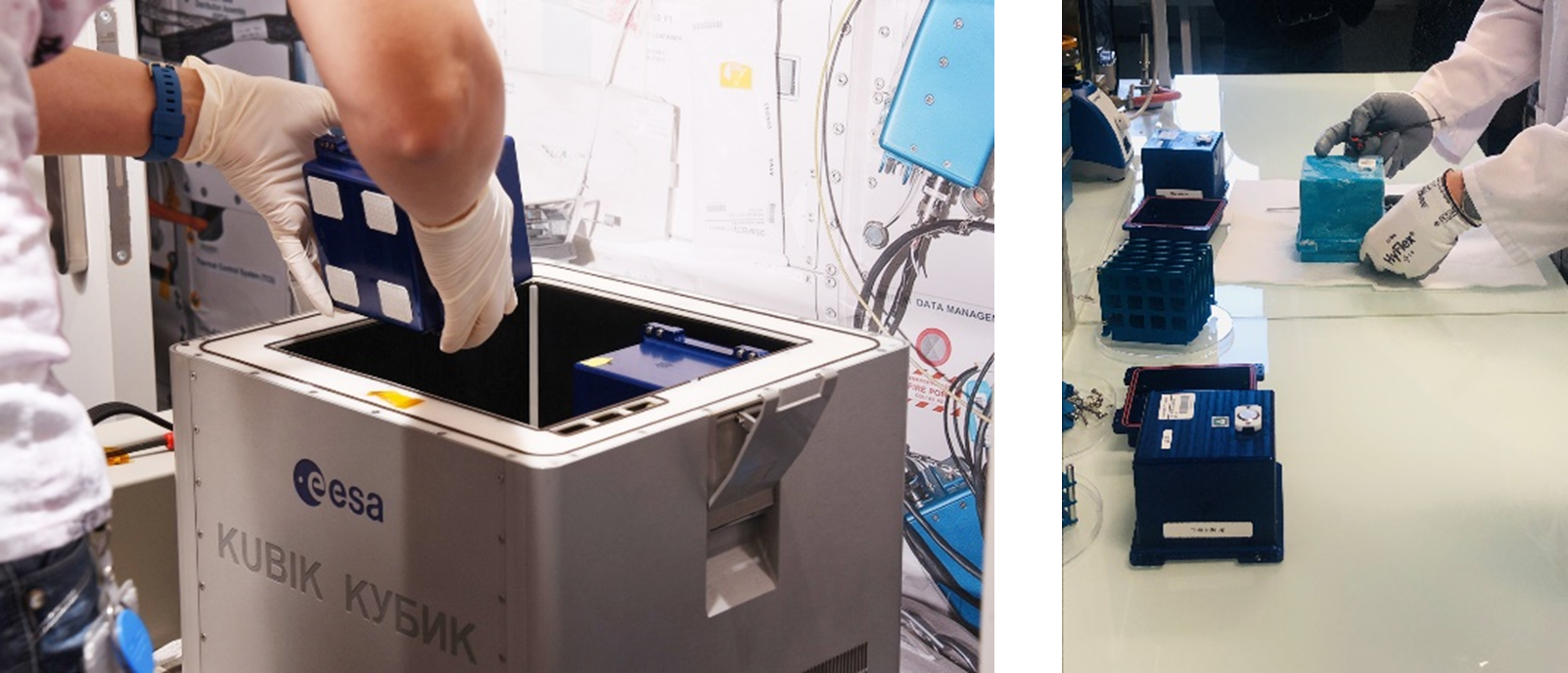Dans la même rubrique
-
Partager cette page
Cell lines with increased radiotolerance through heterologous expression of a Bdelloid Rotifer DNA ligase [Offre de technologie]
The research tool in a nutshell
Cell lines with improved radiotolerance as research tools applicable in a broad range of fields spanning from space research to cancer therapy.
State of the art
Some organisms known as the extremophiles are tolerant to extremely harsh environment. Besides bacteria such as Deinococcus radiodurans, some animals also exhibit a high DNA damage tolerance when experiencing desiccation or exposure to high doses of ionizing radiations. Among those, bdelloid rotifers present striking tolerance to ionizing radiation. The Adineta vaga species can for instance survive doses up to 5 kGy of X-ray (Front. Microbiol, 11: 1792). At such high radiation doses, bdelloid rotifers experience considerable DNA damages including double-strand breaks. Those organisms however manage to recover DNA integrity after irradiation through an active DNA repair process.

Adineta vaga
size: 100-200 µm
The research tool
The researchers identified an atypical and horizontally acquired DNA ligase of Adineta vaga (A. vaga) with a structural core similar to prokaryotic DNA ligase E (AvLigE) that strongly contributes to the DNA ligation activity of A. vaga upon DNA damage induction and is thereby key to the radiotolerance of this species. Heterologous expression of AvLigE within human cell lines significantly improved their stress response, in particular their survival upon exposure to ionizing radiation. It could as well be demonstrated that AvLigE expression increased DNA ligation activity of the corresponding CRISPR/Cas9 modified stable cell lines.
Fields of application
-
Biological research tool for space research characterized by higher radiation exposure in space than on the surface of earth.
- Research tool in the field of cancer cell therapy, in particular T Cells engineering to improve their radio-tolerance.

Colonies formed by the cell lines HEK 293T derivative expressing AvLigE variants (AvLigE-B or AvLigE-A gene) and the control cell line (HEK SCR) in different conditions of irradiation
(NI : non-irradiated control conditions)
Key advantage of the research tool
-
Human cell lines with improved radio-resistance readily available
-
Heterologous expression of the DNA ligase
-
improves the cell line tolerance to exogenous stress;
-
provides efficient molecular repair system for cell genome integrity maintenance
-
The team

Relevant publications
- Horizontal acquisition of a DNA ligase improves DNA damage tolerance in eukaryotes - Nature Communications, 14, 7638 (2023) - DOI: 10.1038/s41467-023-43075-8
Research tool availability
- CancerTools.org (EU, GB) - Cat. #: 162126, 162125, 162124
- Applied Biological Materials - ABMGood (US, CA)
Télécharger l'offre en PDF
Keywords
- Radiation tolerance
- Engineered cell lines
- Space research
- Cancer research
Biological Material
Cell lines HEK-AvLigE-A/B described in Nicolas et al. Nat Commun 14, 7638 (2023) - DOI.
Co-owners
Inventors
- Pr Karine VAN DONINCK
Contact
ULB Research Department
Joachim Ruol
Business developer
+32 (0)496-75 94 93
joachim.ruol@ulb.be
